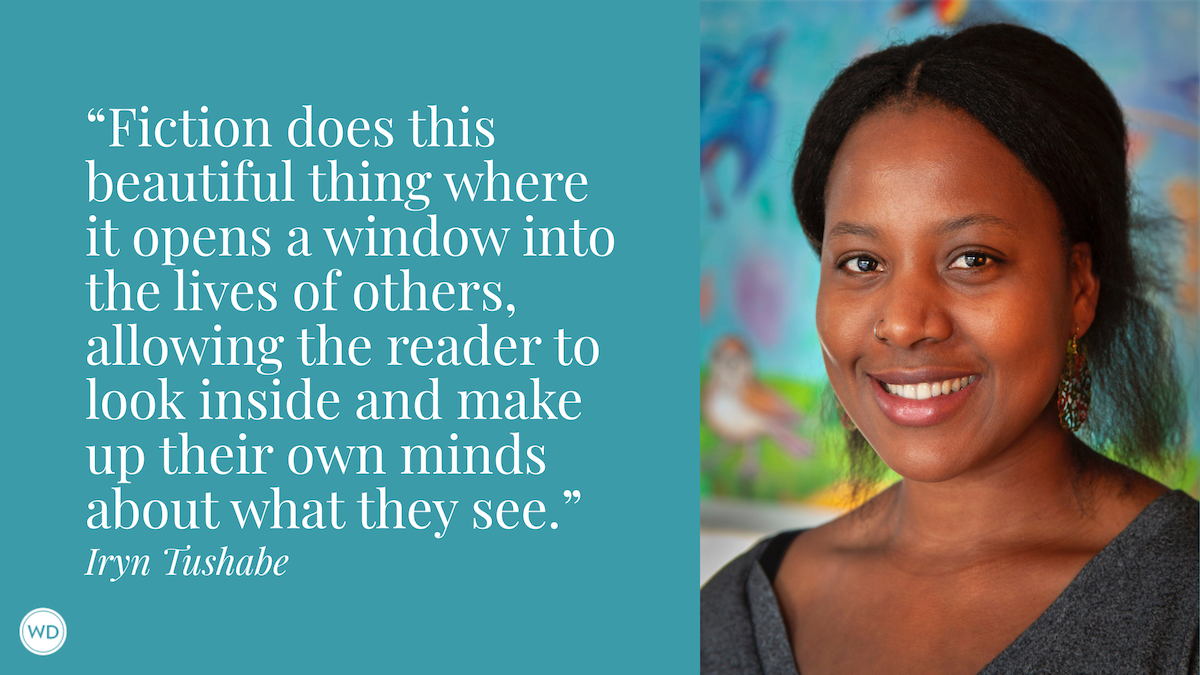Putting the Science in Fiction: Expert Advice for Writing with Authenticity in Science Fiction, Fantasy & Other Genres
Collecting articles from editor Dan Koboldt’s popular blog series for writers and fans of speculative fiction—plus a foreword by Chuck Wendig and a collection of never-before-published articles—Putting the Science in Fiction connects you to experts in a broad range of fields.
We're thrilled to announce an upcoming title from WD Books.
Science and technology have starring roles in a wide range of genres—science fiction, fantasy, thriller, mystery, and more. Unfortunately, many depictions of technical subjects in literature, film and television are pure fiction.
Collecting articles from editor Science in Sci-Fi, Fact in Fantasy
" target="_blank" rel="noopener noreferrer">Dan Koboldt’s popular blog series for writers and fans of speculative fiction—plus a foreword by Chuck Wendig (author of Damn Fine Story, Star Wars: Aftermath and more) and a collection of never-before-published articles—Putting the Science in Fiction connects you to experts in a broad range of fields. Scientists, engineers, medical professionals, tech experts and others share their insights in order to debunk the myths, correct the misconceptions, offer advice on getting the details right, and help writers create more realistic yet engaging stories to satisfy discerning readers.
This is the first book of its kind to compile this range of expert advice and knowledge, all with the motivation of informing and guiding science fiction and fantasy fiction writers.
Most writers of science fiction and fantasy plant a story’s roots in scientific reality—or at least they should if they want their work to be successful. Putting the Science in Fiction tackles complex scientific topics—from the human genome to the theory of relativity to the science behind Star Wars and much more—and applies them to use in speculative fiction. In addition to presenting dozens of fresh fiction ideas based in science, the book explains these concepts clearly and accessibly, links them to common plot devices and story tropes, and allows writers to imbue their stories with scientific accuracy without putting their readers to sleep.
Inside, readers will find actionable, authoritative advice for idea generation, realistic worldbuilding, technical accuracy, and correct yet engaging descriptions of scientific details. Leveraging concepts found in popular novels, television series, and films such as Game of Thrones, Star Wars: The Force Awakens, The Martian, Westworld and more, this book will appeal to novelists and short story writers as well as screenwriters.
Breaking common gender stereotypes in the realm of science fiction and fantasy, more than half (64 percent) of the 39 contributors whose essays appear in Putting the Science in Fiction identify as female. Among the essays, you'll find:
- How To Write Convincing Death Scenes, by science reporter Bianca Nogrady
- A Whirlwind Tour Of The Human Genome, by geneticist Dan Koboldt
- Writing Mental Health by psychiatric nurse practitioner Kathleen S. Allen
- The Science In Jurassic Park, with microbiologist Mike Hays
- Portraying Wolves Fairly & Accurately by environmentalist William Huggins
- CGI Is Not Made By Computers by video game designer Abby Goldsmith
- What’s Possible With Cyborgs and Cybernetics by neuroscientist Benjamin Kinney
- How The Ocean Will Kill You by marine biologist Danna Staaf
- Realistic Space Flight with pilot and aviation journalist Sylvia Spruck Wrigley
- The Weapons Of Star Wars by engineer Judy Mohr
- ... and dozens more
Whether you're writing about mutant monsters, rogue viruses, giant spaceships, or even murders and espionage, Putting the Science in Fiction has something to help every writer craft better fiction.
About the Author
Dan Koboldt is the author of the Gateways to Alissia trilogy (Harper Voyager) and the editor of Putting the Science in Fiction (Writers Digest Books, 2018). As a genetics researcher, he has co-authored more than 70 publications in Nature, Science, The New England Journal of Medicine, and other scientific journals. Currently, he is a Principal Investigator for Nationwide Children’s Hospital and an Assistant Professor of Pediatrics for The Ohio State University. He and his colleagues use next-generation DNA sequencing technologies to uncover the genetic basis of birth defects and rare pediatric disorders. Dan is also an avid hunter and outdoorsman. Every fall, he disappears into the woods to pursue whitetail deer with bow and arrow. He lives with his wife and children in Ohio, where the deer take their revenge by eating the flowers in his backyard. Find his fiction works at HarperCollins,Amazon,iBooks, Kobo and Google Play.
Jess Zafarris is the Executive Director of Marketing & Communications for Gotham Ghostwriters and the former Digital Content Director for Writer’s Digest. Her eight years of experience in digital and print content direction include such roles as editor-in-chief of HOW Design magazine and online content director of HOW and PRINT magazine, as well as writing for the Denver Business Journal, ABC News, and the Memphis Commercial Appeal. She spends much of her spare time researching curious word histories and writing about them at UselessEtymology.com. Follow her at @jesszafarris or @uselessety on Twitter.








